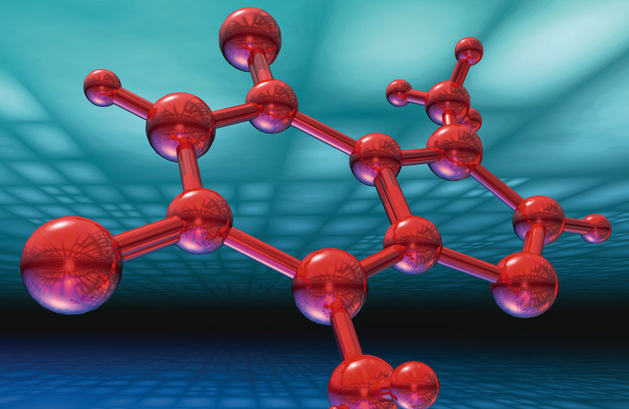
Chemical bonding is one of the fundamental concepts in chemistry and is an important part of the NEET syllabus. Understanding chemical bonding is essential for understanding the behavior of atoms and molecules. Let’s dive in to take a closer look at chemical bonding and explain it in a way that is easy to understand.
What is Chemical Bonding?
Chemical bonding is the process by which atoms form chemical compounds. Atoms bond together by sharing or exchanging electrons in order to achieve a stable electron configuration. This is known as the octet rule, which states that atoms will tend to bond in such a way that they have eight electrons in their outermost shell.
Atoms are the building blocks of matter, and chemical bonds are the forces that hold atoms together to form molecules.
There are three main types of chemical bonding: ionic bonding, covalent bonding and metallic bonding.
Ionic Bonding
Ionic bonding occurs between a metal and a nonmetal. In this type of bonding, the metal loses electrons to the nonmetal, forming ions. The ions then attract each other, forming an ionic bond. An analogy to understand this is like the magnetic force that attracts opposite poles and repel the same poles similarly the metal and nonmetal form ionic bond.
Covalent Bonding
Covalent bonding, on the other hand, occurs between two nonmetals. In this type of bonding, the two atoms share electrons in order to achieve a stable electron configuration. This can be visualized as each atom holding hands with the other atoms’ electrons, forming a covalent bond. An analogy for covalent bonding would be two people holding hands, where each person is representing an atom and their holding hands representing the shared electrons.
Metallic Bonding
Metallic bonds occur between metal atoms. These bonds form when metal atoms lose electrons to form positive ions, creating a sea of electrons that surrounds the ions. The attractive force between the positive metal ions and the negative electrons creates the bond. Copper (Cu) is an example of a metal formed by metallic bonds between copper atoms.
Hydrogen Bonding
In addition to these main types of bonds, there is also another type of bond called a Hydrogen Bond. Hydrogen bonds are a type of dipole-dipole interaction that forms between a hydrogen atom and a highly electronegative atom such as nitrogen, oxygen, or fluorine. They are generally weaker than covalent bonds, but stronger than other dipole-dipole interactions. Hydrogen bonds play a crucial role in many biological molecules, including DNA and proteins.
Why is Chemical Bonding Important in NEET Syllabus?
Chemical bonding is important for NEET preparation because it is a fundamental concept that is used to understand the behavior of atoms and molecules. Understanding chemical bonding can help you to better understand chemical reactions, chemical properties, and the structure of compounds. This can be useful for solving problems related to chemical reactions and chemical equations, which are common in the NEET syllabus.
Key Takeaways
- Chemical bonding is the process by which atoms form chemical compounds.
- Atoms bond together by sharing or exchanging electrons in order to achieve a stable electron configuration.
- There are two main types of chemical bonding: ionic bonding and covalent bonding.
- Ionic bonding occurs between a metal and a nonmetal, while covalent bonding occurs between two nonmetals.
In conclusion, understanding chemical bonding is essential for NEET preparation. To better understand the questions which may come in NEET exam and to practice MCQs for free, log into NEETshala app or website and go to question bank from main menu. Select Chemical Bonding from the NEET syllabus. You can practice MCQs or go through Flashcards. Click here to go to MCQs directly.